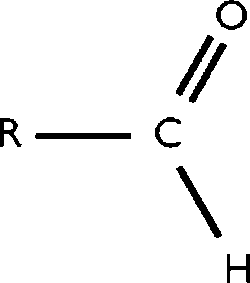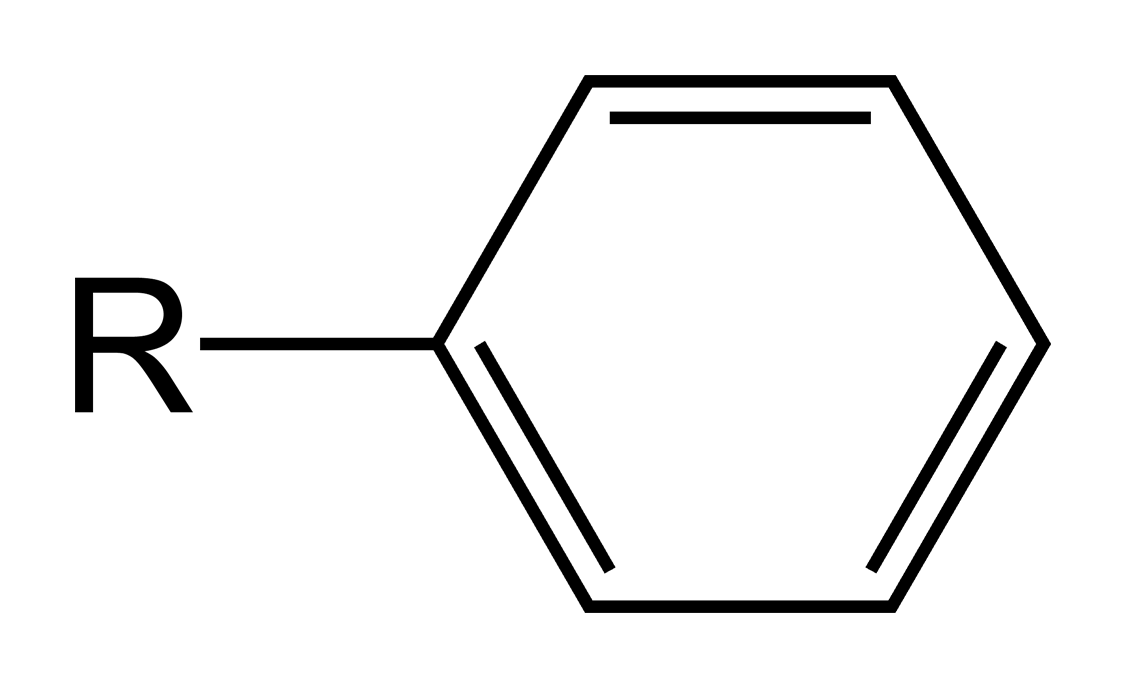Alright guys, this is gonna be Organic Naming - last blog of the year :)
Alkanes + Alkene + Alkyne
Contain the carbon chain with:
- Alkane has single bond (replace "e" with "ane")
- Alkene has double bond (replace "e" with "ene")
- Alkyne has triple bond (replace "e" with "yne")
How to name:
- Count the longest carbon chain and come up with their name. ( methane, ethane ... )
- Find out if there's any branch attached to the chain
- Put the number indicates the branch's location in the carbon chain with the branch's name. Example: the methyl group locates in the 3 carbon of the chain --> 3-methyl
- If there are more than 1 group then remember to put them in alphabetical order
- If there are more than 1 same group at the same location, put their number of location including di, tri, tetra, penta ... Example: there are 2 methyl group at carbon 4 of the chain --> 4,4-dimethyl
- Combine it with #1
Example:
Here we see that the longest chain has 4 carbons with single bond --> butane
there's a methyl group at carbon #2 --> 2 methyl
==> 2-methyl butane
Halides (Halogen) and Nitro
Halides and Nitro are group that has halogen element as a branch or NO2 (nitro) as a branch
How to name:
- Follow exactly the rule above
- Replace the ending of the element's name with "o"
- Br = bromo
- Cl= Chloro
- F= Fluoro
- I= Iodo
- NO2 = nitro
Alcohols
An alcohol is an organic compound that contains (-OH) functional group
How to name:
- Use the longest chain that contains -OH.
- Replace the ending "e" by "ol". Example : Ethane --> Ethanol
- Remember to make sure that you're in the lowest number and alphabetical order
Example:
We can see that the longest chain is ethane and -OH is in the first C --> no need to write number
--> the compound's name would be Ethanol or 1-Ethanol
Properties:
- The -OH is an alcohol makes this compound soluble in water but then the hydrocarbon chain tends not to solute in water
- And boys, alcohol is poisonous lol!
Aldehyde and Ketone
Both are contain carbonyl ( =0 )
Aldehyde
Aldehyde has the double bond O at the beginning of the chain.
How to name:
- Find the longest chain of carbon, replace "e" by "al"
- Make sure that you're in the lowest number and alphabetical order
Example:
We can count that the longest chain that contain =O has 8 carbon --> Octane
But because of the =O --> replace "e" by "al" --> Octanal
There's no more branch so our compound name would be Octanal
Ketone
Ketone is basically the same as Aldehyde but it contains the =O anywhere in the middle of the chain.
How to name:
- Find the longest chain of carbon, replace "e" by "one"
- Make sure that you're in the lowest number and alphabetical order
Example:
We count the longest chain that contains =O has 4 carbon --> butane
But the =O locates in the 2nd carbon of the chain --> it's an Ketone --> change Butane --> Butanone
Properties of Ketone and Aldehyde
- Both are soluable
- Aldehydes are very reactive, easily converted to Carboxylic Acids
- Ketones are relatively unreactive
Carboxylic acids
Carboxylics are formed by and (=O) and (-OH) group
How to name:
- Follow the basic naming
- Replace the "e" in the longest chain by "oic" and "acid" at the end
- Make sure that you're in the lowest number and alphabetical order
Example:
- The longest chain has 4 carbons --> butane
- There's the (=O) and (-OH) branch attached --> it's an Carboxylic acid
- There's also the Chloro branch in the 3rd carbon and methyl brach in the 2nd carbon
- The compound's name would be 3 chloro 2 methyl butanoic acid
Properties:
- Carboxylic acids can be neutralized with a base
Ester
Easters are basically the combination of Carboxylic Acids + Alcohol
How to name:
- Follow the basic naming rules
- Name the R' carbon chain first as normally ( methyl, ethyl ... )
- Then name the R carbon chain and replace an "e" ending with "oate"
Example:
We can see that the R' carbon chain has 3 carbons --> propyl
The R carbon chain has 1 carbon --> methane but it's an esters --> replace an "e" with "oate"
==> Propyl methanoate
Properties:
- Ester have pleasant, fruity odors ...
Ethers
In ethers, Oxygen connects to 2 alkyl chain
How to name:
- We follow the basic rule for naming
- Name the short chain first then the longer chain second
- The longer chain would be at last of naming ( basically alkyl )
- The shorter chain would be named at first, replace "e" by "oxy"
- basic ethers is methoxy methane
Example:
Properties:
- Highly flamable
- Insoluable in water
- Good solvent for organic compound
Amines
Nitrogen bonds to H
How to name:
- Follow basic naming rules
- Add (-amino) with it's location in the carbon chain
- Ending with the longest carbon chain ( methane, ethane ..)
Example:
The longest carbon chain has 5 carbon --> pentane
The amino branch locates in the second carbon of the chain -> 2 amino
==> 2 amino pentane
Properties:
- Soluable
- Fishy odors
- Amines are organic base that easily form salts when react with acid
Alicylics
Use the same rule as Alkane and Alkene, just need to add "-cyclo" in front of the longest chain's name
The structure is gonna be ring, so depends on how many C in the longest chain, we would draw the appropriate ring
Example:
The ring has 6 carbons --> hexane
there are 3 methyl branches at location 1,2,3
=> 1,2,3 trimethyl cyclohexane
Note: If there's a double bond or triple bond, have to start counting from the beginning of the double bond or triple bond so we can get the lowest number.
Aromatics
Is the ring that contain benzene.
Follow same rule as alicylics
If benzene appears as a branch, add "phenyl" otherwise just add benzene at the end of your compound's name
Ex: 1,2,3,4 tetraphenylpentane
Ex: 1,2 dimethyl benzene
NOTE: All of the naming must be in the lowest number and alphabetical order

















